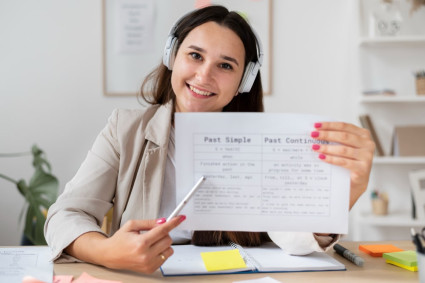
When shopping online, the first thing customers notice is the product image. A great photo instantly builds trust and encourages them to click “buy.” On the other hand, even the best product can look cheap if the photo is poor. That’s why high-quality e-commerce model photography isn’t optional—it’s essential for brand growth and sales.
In this content we will talk about Why E-commerce Model Photography Is the Secret to Fashion Brand Success
This guide explains why product images matter, the different types of e-commerce model photography, how to plan and execute a successful photoshoot, and how photography impacts conversion rates and overall brand identity.
What Is E-commerce Model Photography?
E-commerce photography is about presenting products in the most appealing way possible. Premium images elevate a brand and make customers feel more confident about their purchases. They don’t just showcase the product—they tell a story, create an emotional connection, and answer questions buyers may have about fit, style, or dimensions.
On-Model Photography
Using real models to showcase products is one of the most effective techniques. Unlike ghost mannequin or flat lay photography, on-model photos show how an item looks and fits on a person, helping shoppers imagine themselves wearing or using the product. Professional models also add authenticity and highlight the product’s appeal, which can trigger the buying decision.
Purpose Beyond Appearance
While professional photos make a brand look polished, they also serve deeper functions:
Clarity: Show product fit, size, and dimensions.
Trust: Premium images reassure customers of quality.
Identity: Build a strong brand image and emotional connection.
Conversion: Answer customer questions visually, reducing hesitation and boosting sales.
Types of E-commerce Model Photography
Classic Studio Photography
Taken in a controlled environment with clean backdrops.
Ensures consistent lighting, sharp focus, and accurate color representation.
Best for product clarity and catalog images.
Lifestyle Photography
Shows products in real-life scenarios, often under natural light.
Creates relatability and emotional appeal, making it perfect for social media.
Example: Models laughing, carrying bags, or enjoying daily activities.
Lookbook & Catalog Photography
Lookbooks highlight a brand’s style and story, showcasing entire collections with artistic direction.
Catalogs focus on straightforward, clear product display for easy shopping decisions.
Both are important for a well-rounded e-commerce image library.
Step-by-Step Guide to a Successful Model Photoshoot
Phase 1: Planning
Preparation is key. Create detailed checklists for shots, props, outfits, and equipment. Plan multiple angles and variations for each product to ensure completeness.
Phase 2: Model Selection
Casting the right model aligns the brand with its target audience. Working with agencies can streamline the process. Always secure a signed model release form to protect commercial rights.
Phase 3: Execution (Lights, Camera, Action!)
Location: Choose between a studio (controlled lighting, clean look) or on-site (authentic lifestyle feel).
Equipment: Professional cameras help, but lighting is even more critical.
Direction: Guide models into natural, flattering poses that highlight product details.
Phase 4: Post-Production
Raw images undergo editing to become polished, professional assets. Key steps include:
Brightness and contrast adjustments.
Color correction for accuracy.
Retouching to remove imperfections.
Resizing for web optimization.
For best results, many brands work with expert photo editing agencies that specialize in e-commerce.
How Model Photography Shapes Brand Success
Brand Identity
Consistent, high-quality photos make a brand recognizable and trustworthy. Over time, they strengthen emotional bonds with customers.
Conversion Rates
Great photography directly influences sales. Clear, premium images reduce uncertainty and help customers visualize themselves with the product. This confidence translates into higher conversion rates.
Return on Investment
While professional photography requires time and resources, the returns are significant. Better images lead to more trust, higher sales, and a stronger brand presence.
Key Takeaways
Customers rely on product images to make buying decisions.
On-model photography is the most impactful style, though lifestyle, studio, and catalog photos all play vital roles.
Success requires careful planning, the right models, skilled direction, and professional post-production.
Investing in quality photography builds brand trust, enhances identity, and directly increases conversions.
Conclusion
E-commerce model photography is far more than just taking pretty pictures. It’s a strategic tool that drives sales, builds trust, and defines brand identity. From planning and shooting to editing and publishing, every step matters. By investing in premium images, businesses can elevate their online presence and significantly boost revenue.
If you’re ready to transform your product images into sales-driving assets, consider partnering with professionals who understand e-commerce photography inside out.



